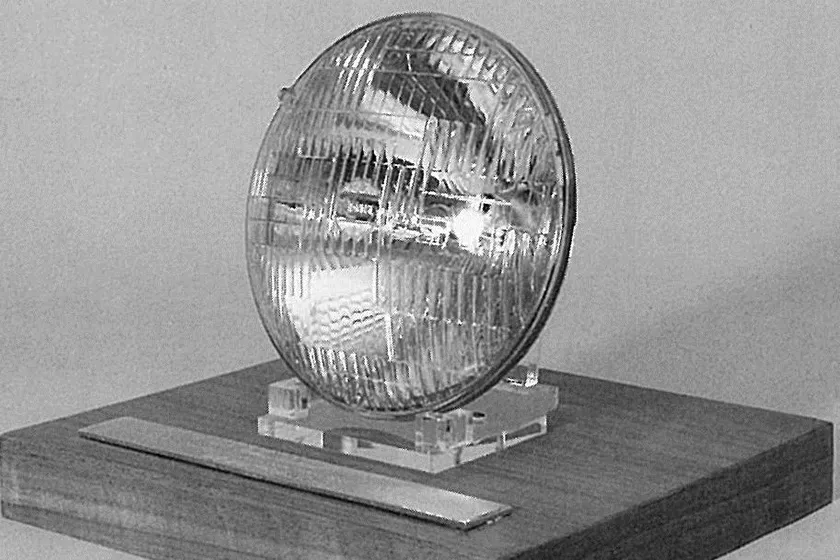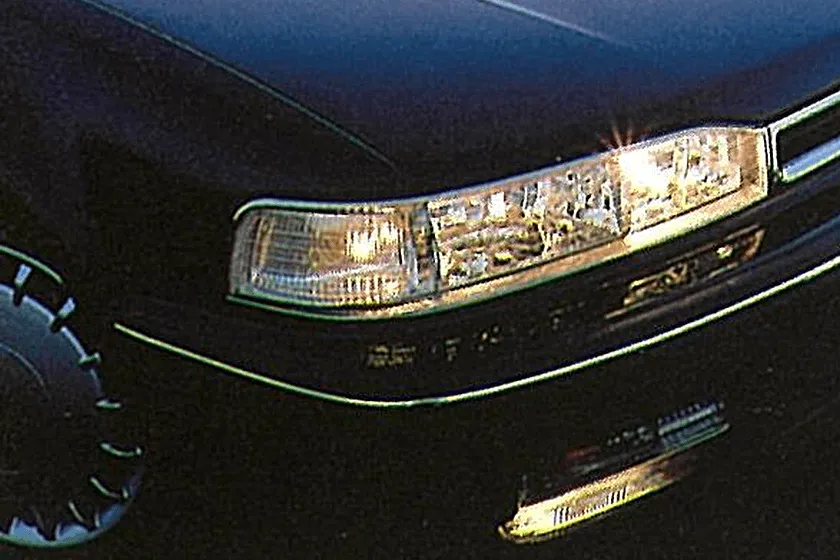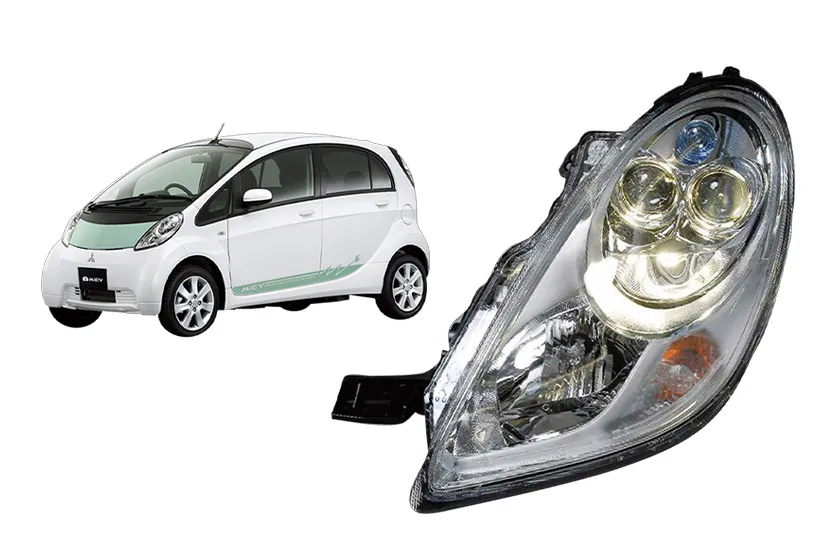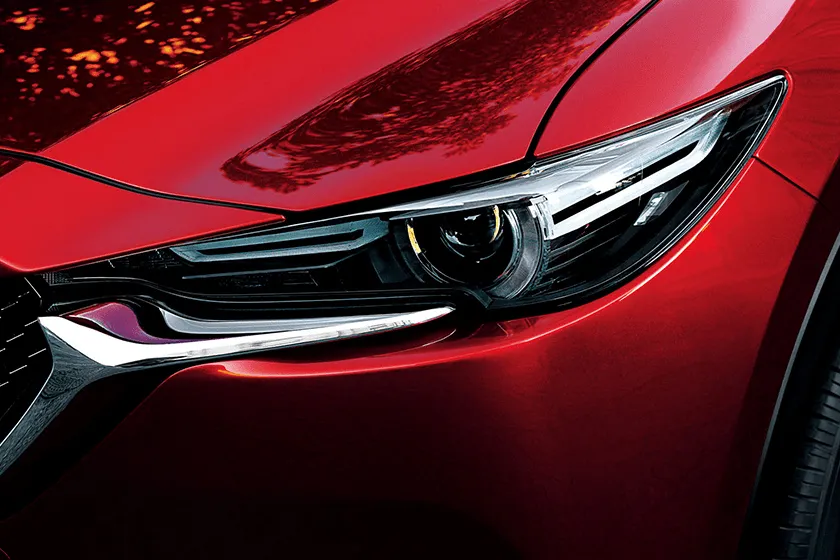
Sensing & recognizing with light
The Evolution of Automotive Headlamps
Contributing to the elimination of fatal traffic accidents at night by using light to make the invisible visible
Stanley Electric's History of Lighting Products and Social Contribution
Stanley Electric began selling light bulbs for automobiles in 1920, when there were around 7,000 to 8,000 automobiles throughout the whole of Japan. For the 100 years or so since then, we have been working tirelessly in research and development to improve automotive lighting systems with the aim of eliminating night-time traffic accidents.
Stanley Electric's first lighting products consisted of glass reflective sealed beams with incandescent bulbs. In the 1960s, the halogen lamp, which is brighter and has a longer lifespan than incandescent bulbs, was developed and night-time visibility has improved even further.

In 1987, Stanley Electric's developed a revolutionary product, the multi-reflector (MR) headlamp, which added light distribution control functions to the reflector, whereas it had originally served only to collect light. This product paved the way for new technology for the control of light distribution to suit the driving conditions.

In 1996, the light source evolved from halogen bulbs to high intensity discharge (HID) lamps, which offered twice the brightness with the same power consumption. This brought night visibility one step closer to daytime visibility.
In 2009, Stanley Electric's became the first manufacturer in the world to mass produce headlamps with LEDs, something we had been developing for many years, as the light source. The power consumed by LEDs was two-thirds that of HIDs, providing even further progress in energy conservation.
2014 saw the development of the Adaptive Driving Beam (ADB), a system that controls the distribution of light to suit the driving environment. This technology eliminated the driver's dilemma between blinding the drivers of oncoming vehicles with headlamps on high beam and failing to notice pedestrians with them on low beam, making a dramatic improvement in night-time visibility.

We are currently considering adopting lasers as the light source for headlamps. Because this would improve distant vision and enable fine control of light distribution, making what is currently invisible visible, we expect it to provide further improvements in safety.
We believe that, as self-driving cars become common and the electrification of automobiles advances, automotive lighting will also undergo further evolution. Stanley will continue with its challenge to eliminate traffic accidents at night.

Contribution to elimination of fatal traffic accidents at night
Rate of conversion to LEDs in headlamps*
FY201623%
FY201844%
FY202178%
FY202395%
Rate of conversion to ADB in LED lamps*
FY20166%
FY20186%
FY20216%
FY20239%
*Headlamps for four-wheeled vehicles: Based on our production volume